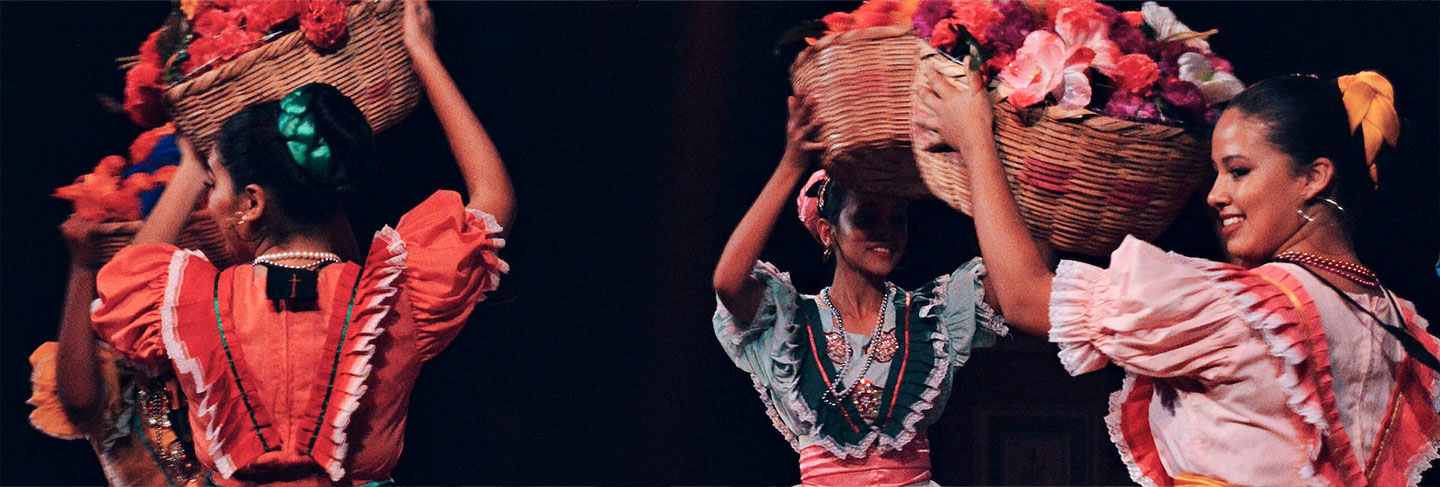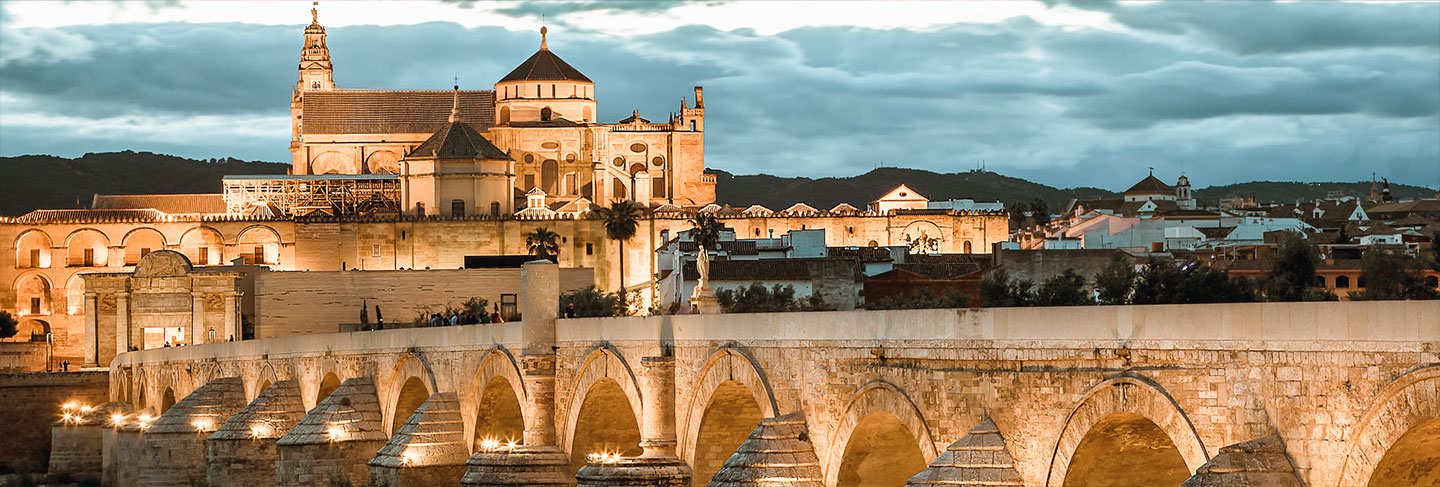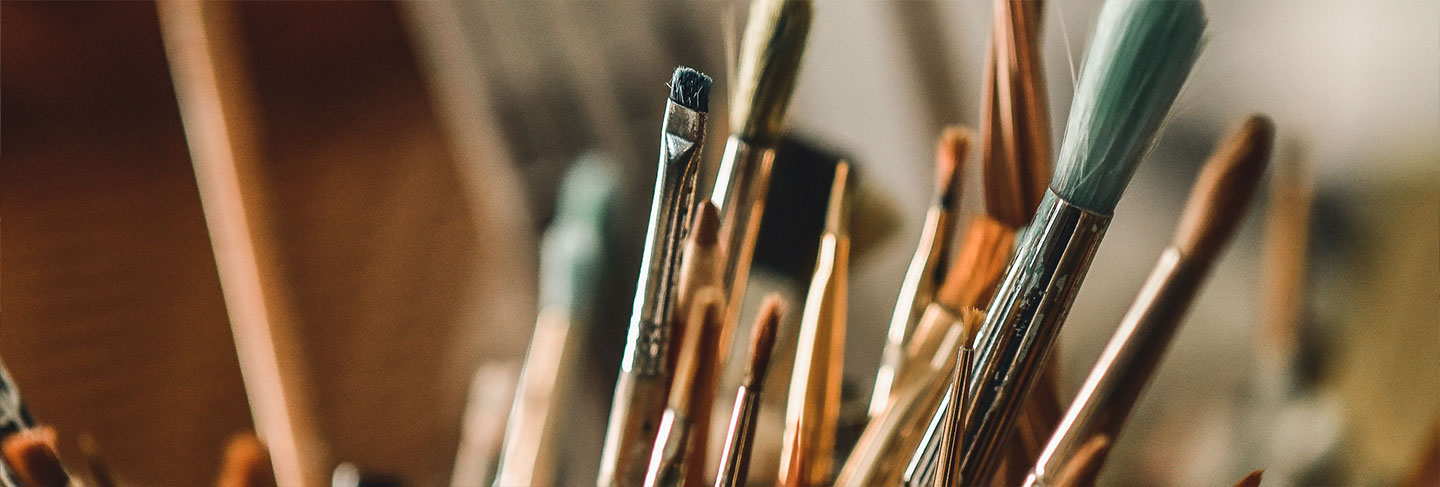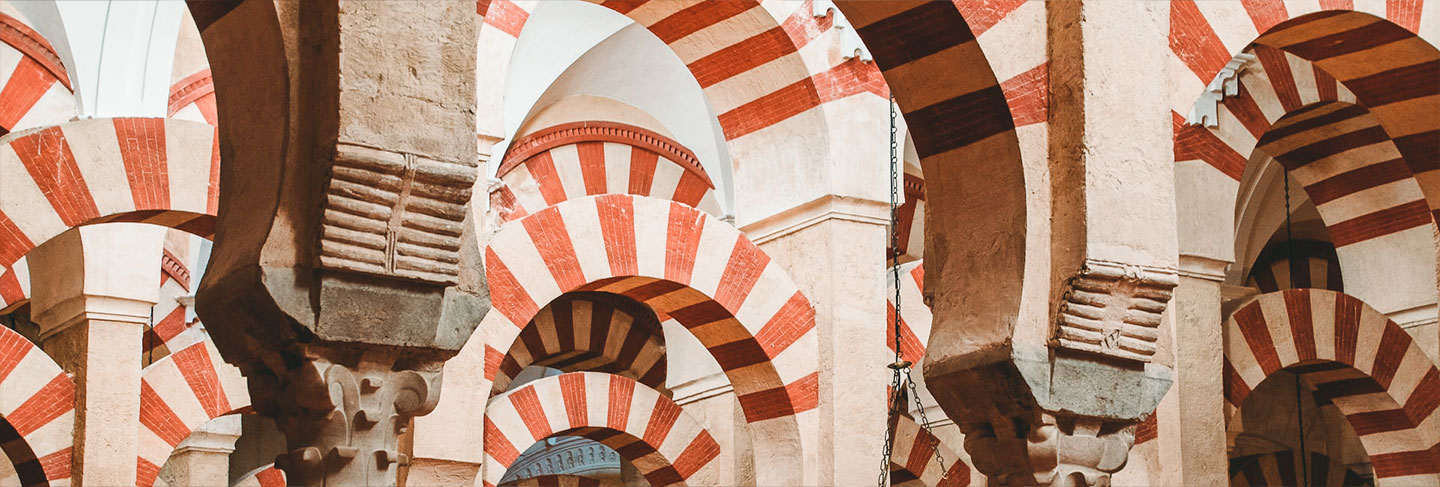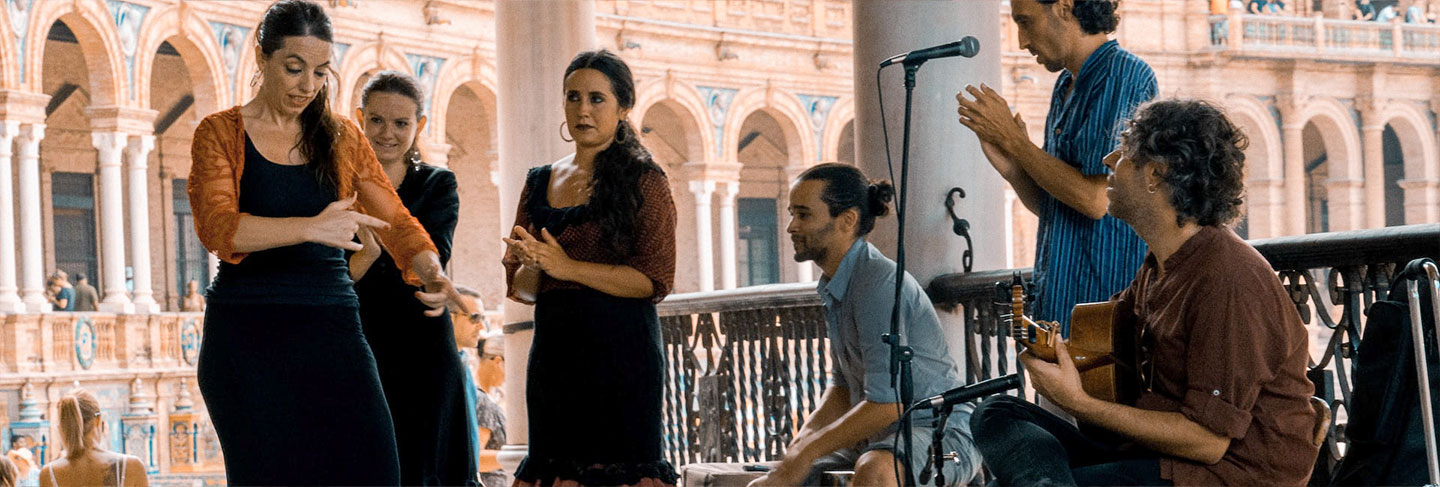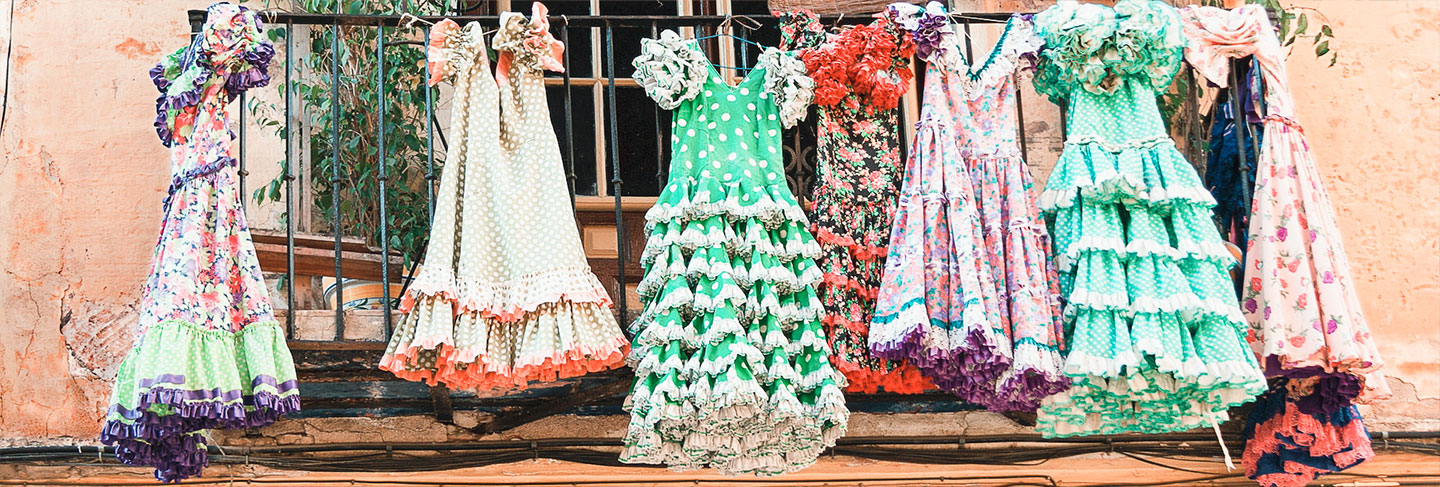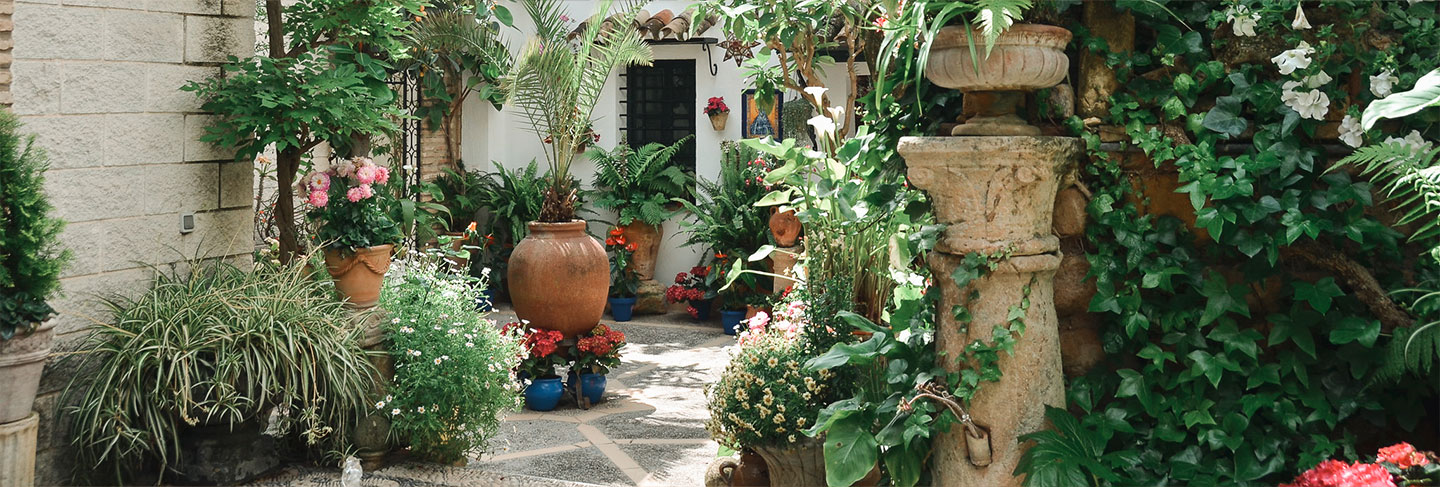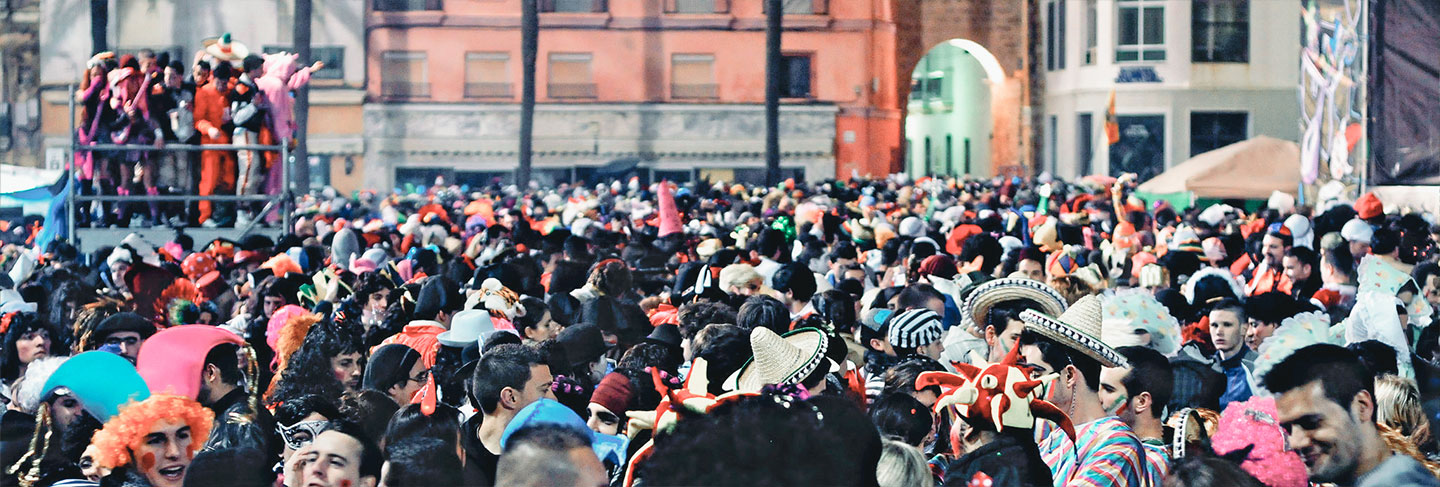It’s fair to say that when we think of Spain, we think of Andalusia. Such is the cultural influence of the southern region on our collective idea of Spanish identity that it is almost impossible to separate them. After all, who doesn’t think of the spotted red and black ‘gitano’ dresses of the flamenco dancers, the semi-sinister strike of the guitar, the tapas, the matadors, the Alhambra, the golden sands of Marbella, and even siestas when you mention Spain?
Our guide to the culture, traditions and history of Andalusia offers you the chance to find out more about this fascinating region.
Long the subject of conflict and conquest, due to its strategic position between the two oceans of the Mediterranean and Atlantic and status as the gateway between Europe and Africa – for centuries its strategic placement, rich mineral deposits and vast agricultural wealth were the coveted prize for numerous civilisations, among them the Romans and Carthaginians (who staged important battles between Rome and Hannibal’s armies here), Phoenicians, Visigoths, Greeks, Berbers, Iberians, Vandals and Byzantines.
However, perhaps its most enduring cultural influence has been provided by the almost 800-year rule of the Moors. The region takes its name from the Arabic word Al-Andalus, the name given to the parts of Iberia controlled by the Moors from the 8th Century until the Spanish Reconquista in the 14th and 15th Centuries. With the Moors came the huge advances in architecture and engineering that led to the wondrous Mosque-Cathedral of Cordoba and the Alhambra of Granada, with the hilltop fortress’s stunning décor and gravity-defying water system.
In fact, during the Islamic Golden Age, the capital of Al-Andalus, Cordoba, grew to become Europe’s biggest city, even surpassing that of Constantinople. It was a vibrant, cultured city and a centre for education and knowledge-exchange between the Arabs, Jews and Christians who comprised the city.The Reconquista of Spain saw the recapturing of the Iberian Peninsula by the Catholic kings and queens between the 13th and 15th Centuries. Most of the land was taken over during the 13th century, with the Islamic enclave of Granada finally falling in 1492. However, throughout Andalusia, in its architecture, the Phrygian scale and distinctive vocal characteristics of its music, its cuisine and many of its customs, language and traditions, the influence of its Moorish past endures to this day.
From before the Reconquista to the Spanish Civil War and up until the modern day, the region of Andalusia has made a huge cultural contribution to the world. This can be seen in its influence in particular on music, literature, painting and gastronomy.
Notable figures to have emerged from the region include the painters Velasquez and Murillo from Seville, and Pablo Picasso, who was born in Malaga. The world of music would be a poorer place without the delicate, fingerpicked guitar work of Andrés Segovia and passion and mastery of Paco de Lucia, not to mention the vocal incantations of the mighty flamenco singer Camarón de le Isla. Even the famous ‘Andalusian cadence’ has left its mark on popular music, providing the familiar chord progression underpinning the likes of ‘Hit the Road Jack’, ‘Hotel California’ and ‘Smooth Criminal’.
Meanwhile, the region has also impacted the world of literature, through the classic Rhymes and Legends by Gustavo Adolfo Bécquer, which offers fascinating tales of mystery and romance, the beautiful works of poet Antonio Machado and, of course, the lasting legacy of Federico Garcia Lorca, the iconic poet and playwright who was assassinated during the early days of the Francoist dictatorship. Going back somewhat further, Andalusia has also given us the Roman philosopher Seneca, a son of Cordoba, while the mediaeval thinker Bartolome de Las Casas was an early advocate for the rights of Native Americans. And then there are the folk heroes of Carmen, Figaro and Don Juan, characters who continue to inspire the popular imagination to this day.
As you might imagine, such a mixed cultural legacy has given rise to a vast array of skills and traditions passed on to the Andalusian people. The area is renowned for its ceramics, jewellery, and metalwork, not to mention its leather goods and craft textiles, with the blankets, shoals and embroidery of the region all highly prized. Don’t miss the opportunity to discover for yourself on a stroll through the markets of its gorgeous villages and towns.
As is their fame, the people of Andalusia enjoy a good fiesta. And any opportunity to join them in their frivolity while staying in Andalusia shouldn’t be passed up. Here are a few of the best fiestas and festivals to look out for during your trip to Andalusia:
Although not exclusive to Andalusia, this landmark of the Catholic calendar enjoys a special celebration in southern Spain. The 23rd of June sees partygoers descend on the towns and beaches of the region to light fires, dance, drink and launch fireworks (in all directions – so be careful!).
Apparently, it’s necessary to jump over the fire three times to cleanse oneself of any sins.
Perhaps the biggest and most important of Spain’s April Festivals is that of Seville.
Held during Easter week, the feria sees the women of the town don traditional flamenco dresses and head to the area closest to the Guadalquivir River, where a temporary city has been erected out of colourful tents known as casetas.
Traditional folk music fills the air, parades of flower-decorated carriages fill the streets and the revelry continue long into the night.
The first week of June sees the celebration of the patron saint of Marbella, San Bernabe.
The festival lasts all week, and sees celebrations of the town’s gastronomy and music, with the requisite casetas and firework displays ensuring the locals are out in good force.
This delightful celebration of Spring sees locals open their courtyards and patios to visitors, where the colourful flowers are in full splendour and the locals hope to win the coveted prize for the most impressive courtyard.
Again, February’s week-long Carnival is not a celebration limited to one region, but anyone looking to enjoy it in style could do worse than head to Cordoba, where the Europe’s oldest city (apparently) becomes the scene for one huge party. Fancy dress is seen throughout the city, ensuring a lighter, quirkier affair than elsewhere, which will leave you smiling from ear to ear.
